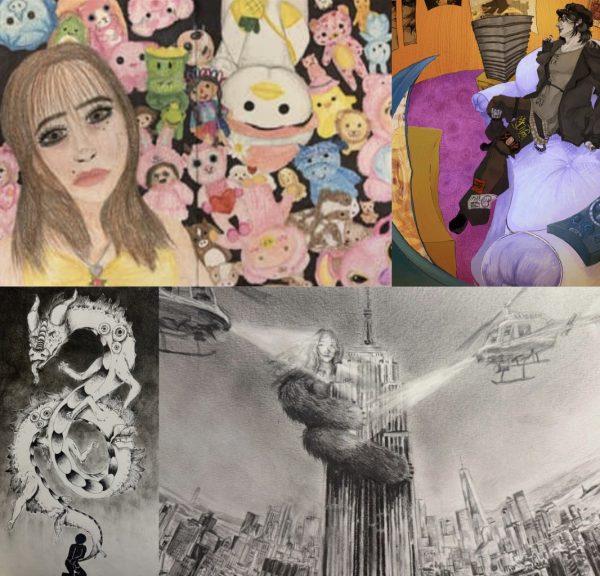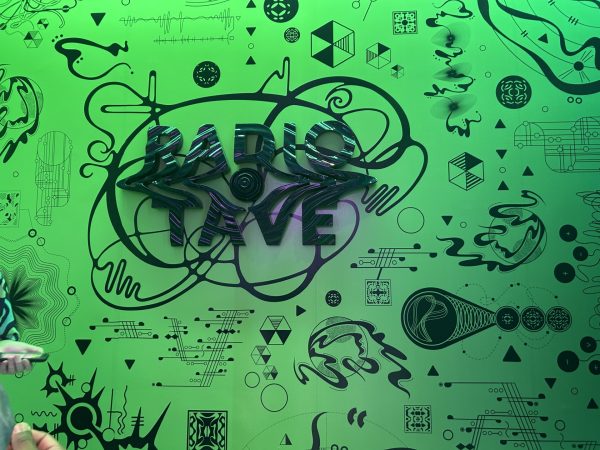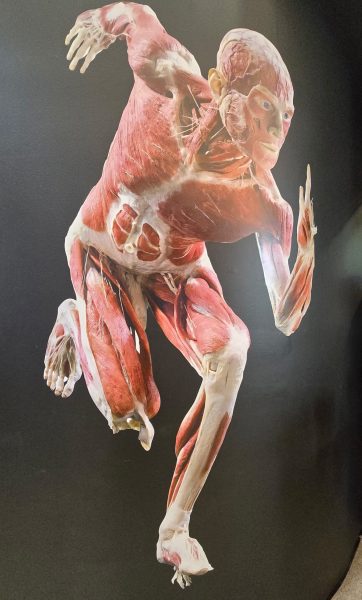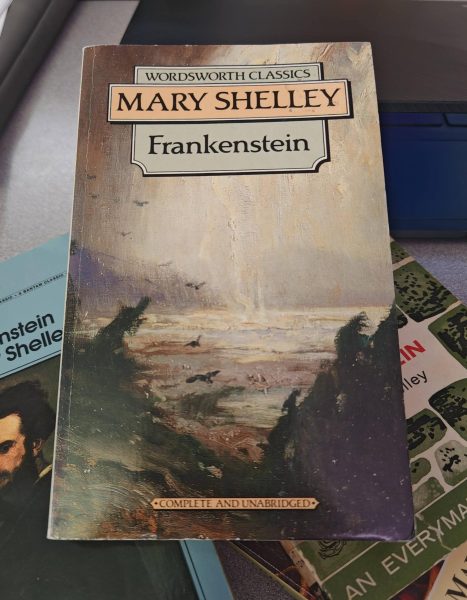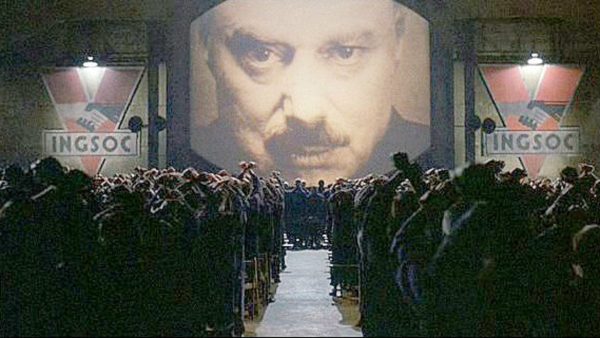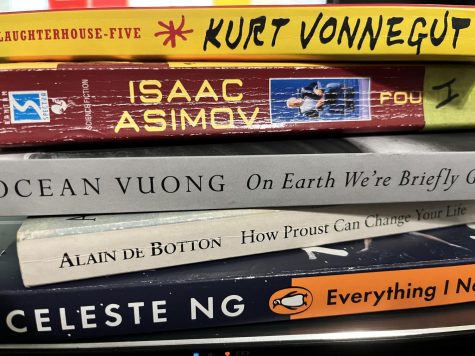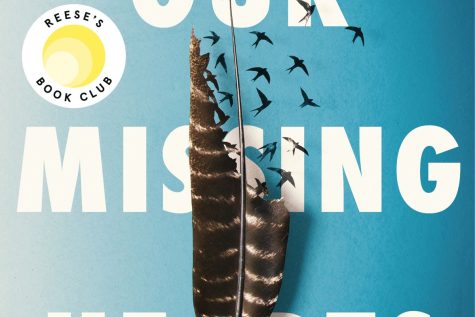All the Bright Places: how much of a book’s heart can be removed?
The new movie, All the Bright Places was made to capture the raw emotions and beauty of mental illnesses for young adults, but it glossed over the complexities of mental health problems exhibited in the book. The movie was based upon award-winning author Jennifer Niven’s book to show the relationship of mental illnesses in young adults. It consisted of two characters named Violet Markey and Theordore Finch. In the movie, Violet was played by Elle Fanning and Finch was played by Justice Smith. While the book gave the raw truth of the mental illnesses and the feelings behind them, the movie did not accomplish this standard. Instead, Netflix missed their opportunity to acknowledge these feelings. Instead, they glossed over the topic. It led to the important conversation that was done in the book not to be told to the abundant amount of people who watched the movie.

The movie skipped over the true portrayal of one of the main characters, Theodore Finch played by Justice Smith. Though Smith fit Finch’s character well, I imagined someone who would be more rugged and childish looking like Griffin Gluck. Niven portrayed Finch as someone who had his ups and downs or what he liked to call his “awake” moments. In the book, Niven did not explicitly make it known that Finch had bipolar disorder. But the movie did. This took away from a big part of Finch’s personality about not knowing what he felt. It led Netflix to take out certain scenes where you can see Finch struggle with not knowing. For example, in the book, Finch drives out to the middle of nowhere and then runs away from his car. Niven writes these raw experiences that Finch is going through which is easy to connect for a lot of young adults and teenagers. Personally, I related to her stories by understanding the difference in everyone’s reactions to their own mental problems and how each no reaction is correct or incorrect.
The other main character named Violet Markey was written to be a character who was bright but then transformed into someone whose “color” was sucked out of her. When I was reading the book, I imagined Violet Markey to be the embodiment of the word bright, with her blonde hair and blue eyes so seeing that Elle Fanning was playing Violet was a great representation of the book character. The movie talked about Violet as the main character instead of the book where she was one of the main characters. Violet was in a car accident where her sister passed away. This led to her feeling guilt-ridden about being the one who survived instead of her sister. Violet had a deep connection with her sister, but the movie removed parts of her pain. Out of guilt, in the book Violet started wearing her sister’s glasses every day. But in the movie, they gave her glasses but did not explain the reasoning behind it. Accompanied by this, Netflix took out the plot of Violet’s love for writing and journalism. In the book, Violet had a chance to leave her town to go to NYU, but after the accident, she decided to not go because of the guilt. Personally, I felt that Violet’s sister is a huge part of Violet’s life but taking out these small details undermined her pain.
Netflix is known for trying to approach stories with mental illnesses with extremities, especially in the Netflix Original Thirteen Reasons Why. Thirteen Reasons Why raised many concerns in the public as there were many scenes which were triggers. For example, a real scene where they showed the suicide of the main character, Hannah Baker. Instead of having a way to come back from their mistakes in other shows, Netflix decided to not talk about an important discussion which most people ignore. Both the book and movie were great experiences, but I preferred the book as it helped me understand why mental health is something that is important to talk about.
Your donation will support the student journalists of Carnegie Vanguard High School. Your contribution will allow us to cover our annual website hosting costs and fund field trips, competition fees, and equipment. We appreciate your support!

I am currently a junior. I like making art and playing sports with my friends.



